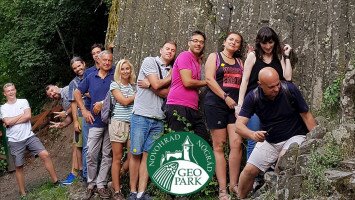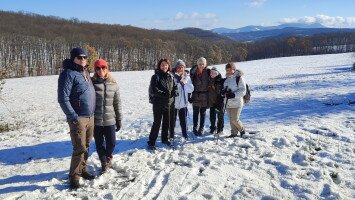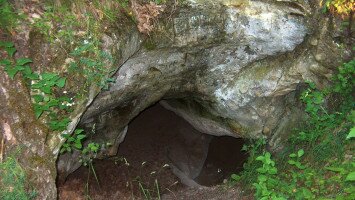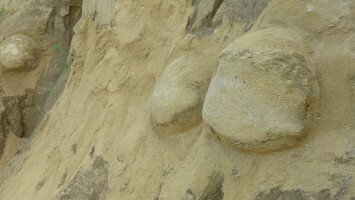
The Rocks of Belina
















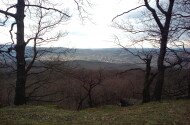


- Values
- The Rocks of Belina
The Bénai rocks reveal the separation of basalt columns and benches as well as the process of slope movement. The basalt columns, which are separated from the ridge, slowly slide down the steep slope and begin to form a "stone city". Deterioration also creates many interesting small forms: like basalt benches protruding in the shape of a "dragon's tooth". So-called corn-tubular separation appears in basalt heated by the sun's rays, which appears on the surface in the form of small globules. The formation of a small basalt cave in the arch of one of the separated basalt columns is also partly due to this. The Bénai Rocks are a good example of the destruction of the former lava floodplain. The Bénai rocks are protected as natural monuments due to their extraordinary geological and geomorphological value. Bénai basalt is a mixture of gray, dark gray, common olivine, augit, nepheline and amphibole. In the past, Jugovics L. (1941) also mentioned the occurrence of aragonite crystals here.
The basalt columns (including the so-called Dragon Teeth) are not accessible. The Bénai cliffs Natural Monument area can be visited only along the yellow-marked hiking trails Fil'akovo - Béna - Sőreg. In the future, a nature trail will be created in the immediate vicinity of the basalt columns.
Degree of protection: 5, Natural Monument.
RELATED


